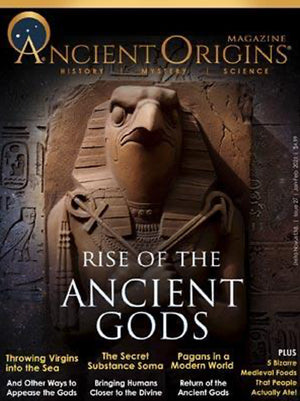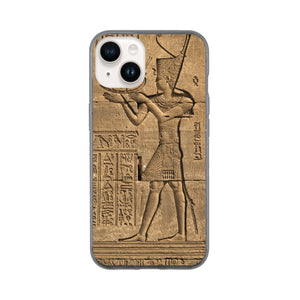
AO Magazine - September 2020
- Regular price
- $6.00
- Sale price
- $6.00
- Regular price
-
- Unit price
- per
-
Product Information
The famous American astronomer, Edwin Krupp, once said that “across the whole face of the earth, are found mysterious ruins of ancient monuments with astronomical significance... They mark the same kind of commitment that transported us to the moon and our spacecraft to the surface of Mars.”
For centuries, people have marveled at ancient structures such as the pyramids of Giza, Stonehenge, Newgrange, and thousands of other equally impressive sites, pondering how such immense works were undertaken, and awe-struck by the amount of effort and commitment that must have been poured into their construction.
But these sites become even more amazing when the deeper layer is revealed – astronomical alignments, symbolic layouts and representations of cosmic order embedded in the very placement of the stones. Many of these sites are not just simple monuments, but complex constructions that enshrine the remarkable achievements of ancient astronomers. They reflect a vision of mankind’s efforts to integrate culture and religion with the mysteries of the cosmos.
Archaeoastronomy draws upon archaeological evidence and mythological traditions to reveal how ancient humans perceived celestial phenomena, and how their understanding of the skies became intricately woven into their monuments and into the very fabric of their existence and daily life.
It is a ‘new’ field, having only been officially recognized since the 1970s, but in just a few decades, experts have come to learn much about these ancient astronomers and how they connected stars and stones to develop timekeeping, weather prediction, navigation, agriculture and a rich mythology and belief system, which have profoundly marked our world and our own modern understanding of astronomy.






















